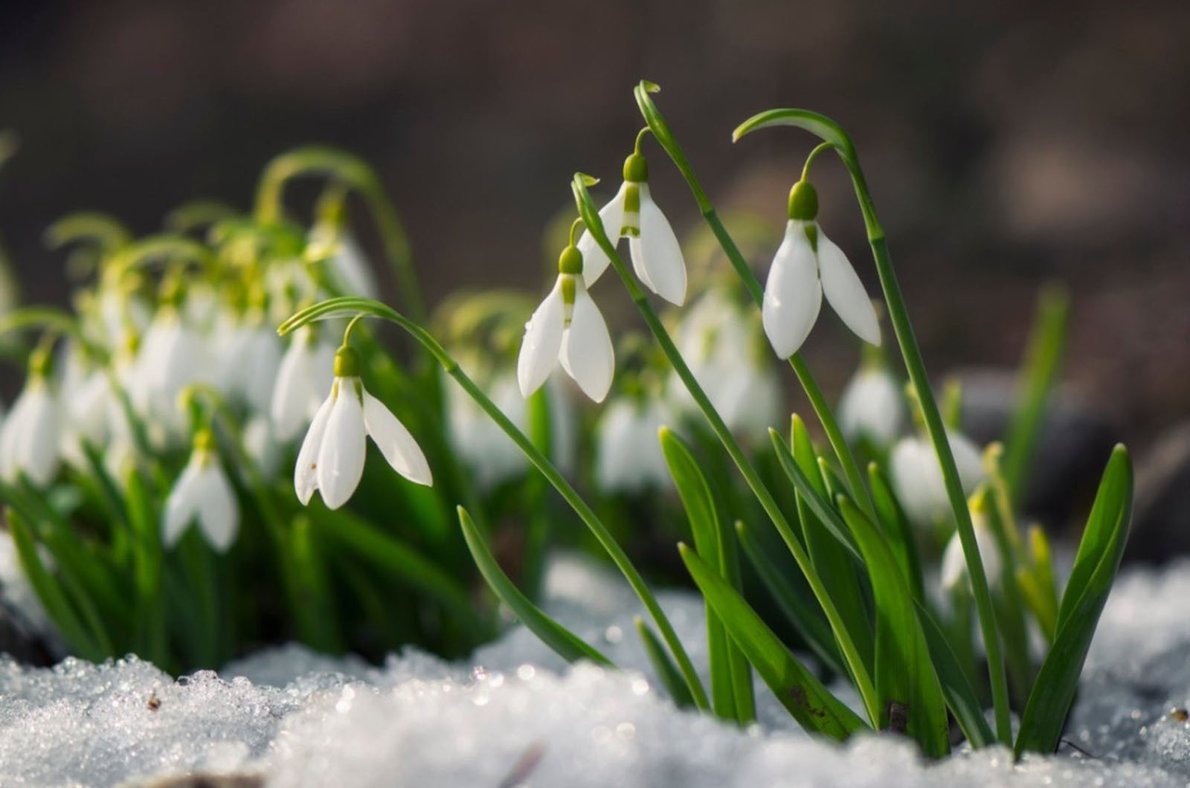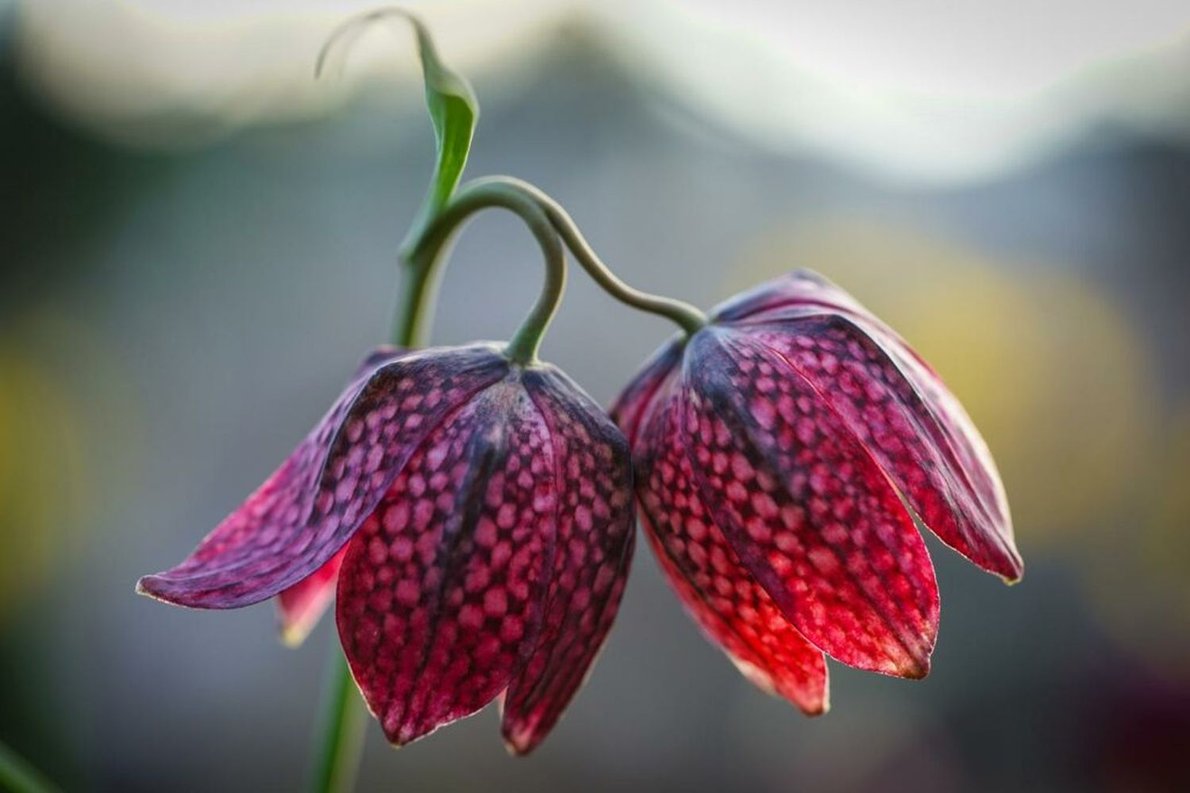The best time to think about spring are long, cold winter evenings. You think wistfully about the first warm days, you dream about nature waking up and everything turning green again and blooming with bright colors. We are waiting, and even before leaves appear on bushes and trees, the first blooms of spring already please our eyes.
Snowdrops

In Ukraine, only 3 species of snowdrops grow in the wild. All of them are listed in the Red Data Book of Ukraine. In general, the genus has about 20 species, and the first mention of snowdrop cultivation dates back to the 16th century.
An interesting fact is that in Ukraine snowdrops are sometimes called “prolisky” (Scilla), but they are two different genus of plants.
Scilla

Scilla species that grow in Ukraine are also listed in the Red Data Book of Ukraine due to uncontrolled collecting, climate change and habitat destruction. Scilla flowers are blue, but there are varieties with pink, purple and white buds.
Crocus

Crocus flowers are used to extract the most valuable spice - saffron. 1 kg of which is 150,000 buds. It takes a worker 40 hours to pick that many flowers.
But not only saffron makes crocuses special. They are hardy, their buds are bright and colorful, which is very pleasing to the eye after a long snowy winter, and the history of human use of crocuses goes back to the Stone Age.
Corydalis

We don't hear about corydalis as much as we do about snowdrops or scilla, but this plant also suffers from uncontrolled collecting and needs protection. Ukrainian folklore doesn't help either, it is said to pluck and trample corydalis flowers for good health.
The plant seeds are spread by ants. Ants eat its coating leaving the seed undamaged. The process of spreading plants by ants is called myrmecochory.
Chess flower or Fritillaria meleagris

An exceptional bud of the chess flower, and already traditionally: a spring first bloom listed in the Red Data Book of Ukraine. The species is widespread throughout Europe and is in danger of extinction. It was exterminated in Belgium in the 19th century.
What conclusions can we draw? First, the first blooms are special plants. They are the first to meet spring, pleasing people with their beauty after a long and colorless winter. Secondly, most of them are endangered. Due to uncontrolled collecting, animal grazing, climate changes and their habitat being destroyed.
Spring first blooms are important not only for humans. Reducing their number has a negative effect on early insect species, and their extinction will cause the disappearance of some types of pollinators. So don't trample the corydalis flowers, don't pick up snowdrops and scillas, admire the extraordinary Fritillaria meleagris in the wild.